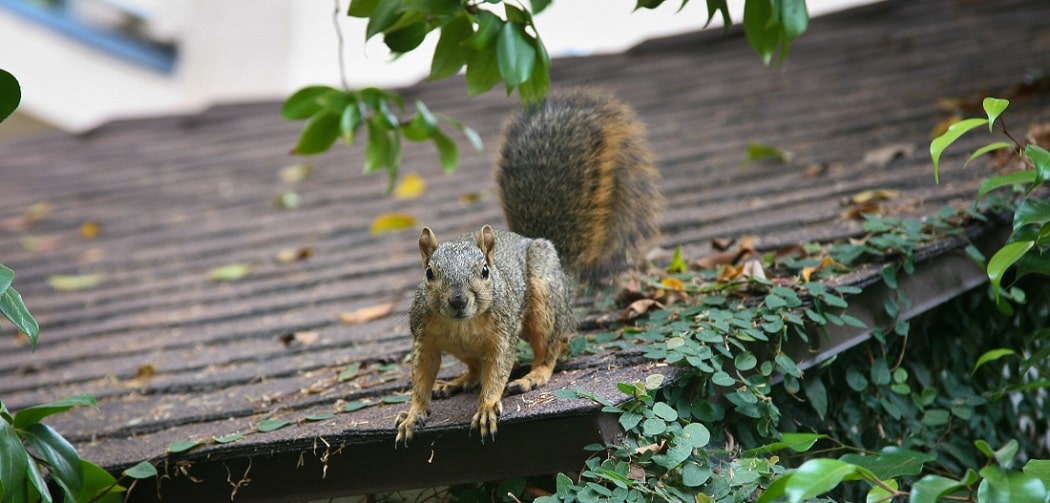
How Do I Get Rid of Dead Squirrels?
Find a Critter Control near you
Identification
As squirrels are a prevalent pest throughout the country, homeowners are likely to find dead squirrels in the yard, walls, or attic. They are easily identified by their bushy tails, which account for approximately half of their total body length. Unfortunately, when infestations are present in attics, their bodies often fall behind walls or end up in other hard-to-reach areas when they die. This means residents will not notice the pests until faced with a dead squirrel smell.
The carcass will attract insects in large numbers and may also be a beacon to other wildlife pests searching for food. Dead squirrel removal becomes a challenge, as it may require opening part of a wall and using strict handling and sanitation procedures. The entire area needs to be completely cleaned with a bleach solution, as well.
Disease & Other Problems
A dead squirrel in the yard is just as problematic as a dead squirrel in the wall. Rodents carry diseases that are still active in the body after death, such as plague, Hantavirus, tularemia, and rabies. Parasites, like ticks and fleas, will also remain in a dead squirrel’s fur. This means that property owners should think twice about handling a squirrel carcass.
What to Do with a Dead Squirrel
The best way to avoid the need for dead squirrel removal is to prevent live ones from accessing the property. This means carefully examining the exterior walls of residences, paying extra attention to rooflines, chimneys, and exhaust vents. Any holes or gaps should be covered or plugged with caulk. The experts at Critter Control are able to assist with the elimination of squirrels in yards, as well as handle disposal, removal, and cleanup of dead squirrels.
Learn more about squirrel removal.
Get them out.
Keep them out.®
Experiencing a wildlife or pest issue? We can help! Complete this form and your local Critter Control® office will contact you to assist.
- How to Get Rid of Squirrels
- Squirrels Entering Homes
- Squirrels in Attics
- Squirrels in Chimneys
- Squirrels on Roofs & in Soffits
- Squirrels in Walls
- Squirrels in Ventilation
- Squirrels in Gutters
- Squirrels in Crawl Spaces
- Squirrels in Yards or Gardens
- Squirrels in Trees
- Squirrels Digging Holes in the Ground
- How to Identify Squirrel Sounds
- Squirrel Tracks
- Squirrel Droppings
- Squirrel Trapping
- Squirrel Repellents & Deterrents
- Squirrel Appearance & Identification
- Species & Types of Squirrels
- Squirrel Life Cycle
- Baby Squirrels
- Squirrel Nest
- Squirrel Diet
- Diseases That Squirrels Carry
- Rabid Squirrels
- Do Squirrels Hibernate?
- Gray Squirrels
- Do Squirrels Bite?
- Squirrel Damage to Your House
- Squirrels vs. Rats
- Squirrels vs. Chipmunks